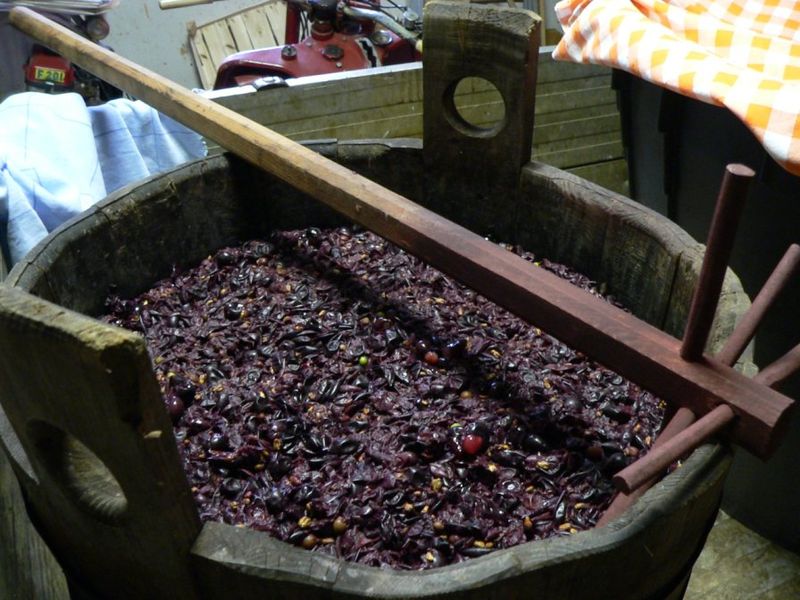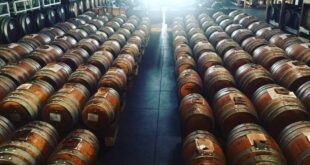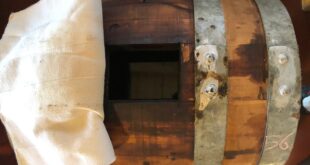How to thicken Balsamic Vinegar of Modena? The answer is not easy, especially if you want to make an excellent product. You have to be careful and pay attention to every element and every step of the production process. Starting from cooked must which is the only ingredient of the product.
The importance of small details is essential. An error made in the initial phase (even if minimal) can be dragged over time and become fatal for the quality of the product.
An example: let’s assume that we have slightly burnt the must during its cooking. It now has a slightly bitter-sweet taste of caramelized sugar. Although it is pleasant on the palate, if we use this product for our vinegar, we will find over the years a Balsamic Vinegar with a bitter taste because of the initial burn.
How to thicken Balsamic Vinegar of Modena. The raw must.

The must need to be a high-quality raw material and come from the best-certified grapes of the Modena area. It will ensure the right sugar content (only grapes permitted by the Production Regulations).
The must will be cooked as soon as it is pressed and when ready, it will be kept in silos at a controlled temperature of 3°C to stop its fermentation.
How to thicken Balsamic Vinegar of Modena. The cooked must.
Today the must is cooked using open stainless steel boilers to allow evaporation, reduction and concentration of the product. Initially, it is brought to a boil of 95°C for about 3 hours to obtain sterilization. Then the cooking is carried out slowly for several hours at a controlled temperature of 80°C during which the reduction and concentration take place.
Once the cooking is finished, the must is poured into the glass carboy that allows the product to be kept in the cold 3°C for a couple of years (if it is carefully sealed).
The miracle of traditional balsamic vinegar
The fermentation of cooked must is an indispensable and important step. You will obtain the best result if it takes place at an ideal temperature between 20°C and 30°C.
For inducing the fermentation you will add saccharomycetes yeasts that activate the alcoholic fermentation of hydro carbonated substances and sugars.
Once filtered, the fermented must will be ready to be introduced slowly into the Botte Madre. It is usually a 220-litre Barrique barrel where the transformation into Acetic Acid will take place.
During the fermentation phase of the cooked must for ABTM, a series of transformations take place that remains the great secret of this product.
The initial alcoholic fermentation (transformation of sugar into alcohol) changes into Acetic fermentation (transformation of alcohol into Acetic Acid). These two phases are confusing as they are not individually identifiable and create the true miracle and unique characteristics of the ABTM.
As you can imagine these are just some information about the cooked must. We could talk about stainless steel or copper cone or flate-bottomed boilers, gas or wood fires cooking, the sugar content of the must, its foaming and the way to seal the carboy.
How to thicken Balsamic Vinegar is not easy, no doubts, only the chemical and microbilogical transformations that occur in the long aging period create a dense product.
Ancient traditions and production techniques made of countless facets are necessary for the creation of this unique and unrepeatable product.
For more information about it, we recommend you keep on reading our Blog.
Greetings from Modena.
 Use Balsamic Vinegar All you need to know about Balsamic Vinegar of Modena
Use Balsamic Vinegar All you need to know about Balsamic Vinegar of Modena


